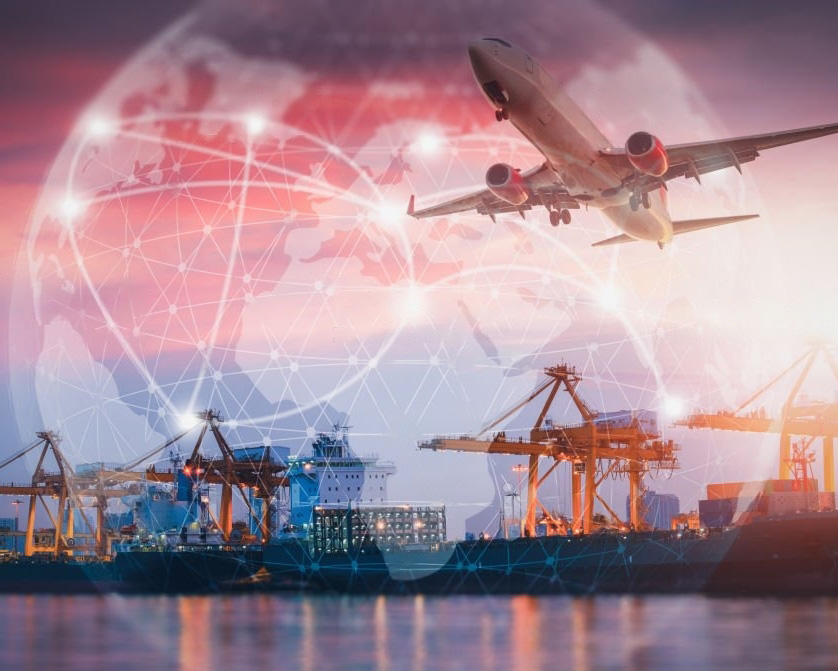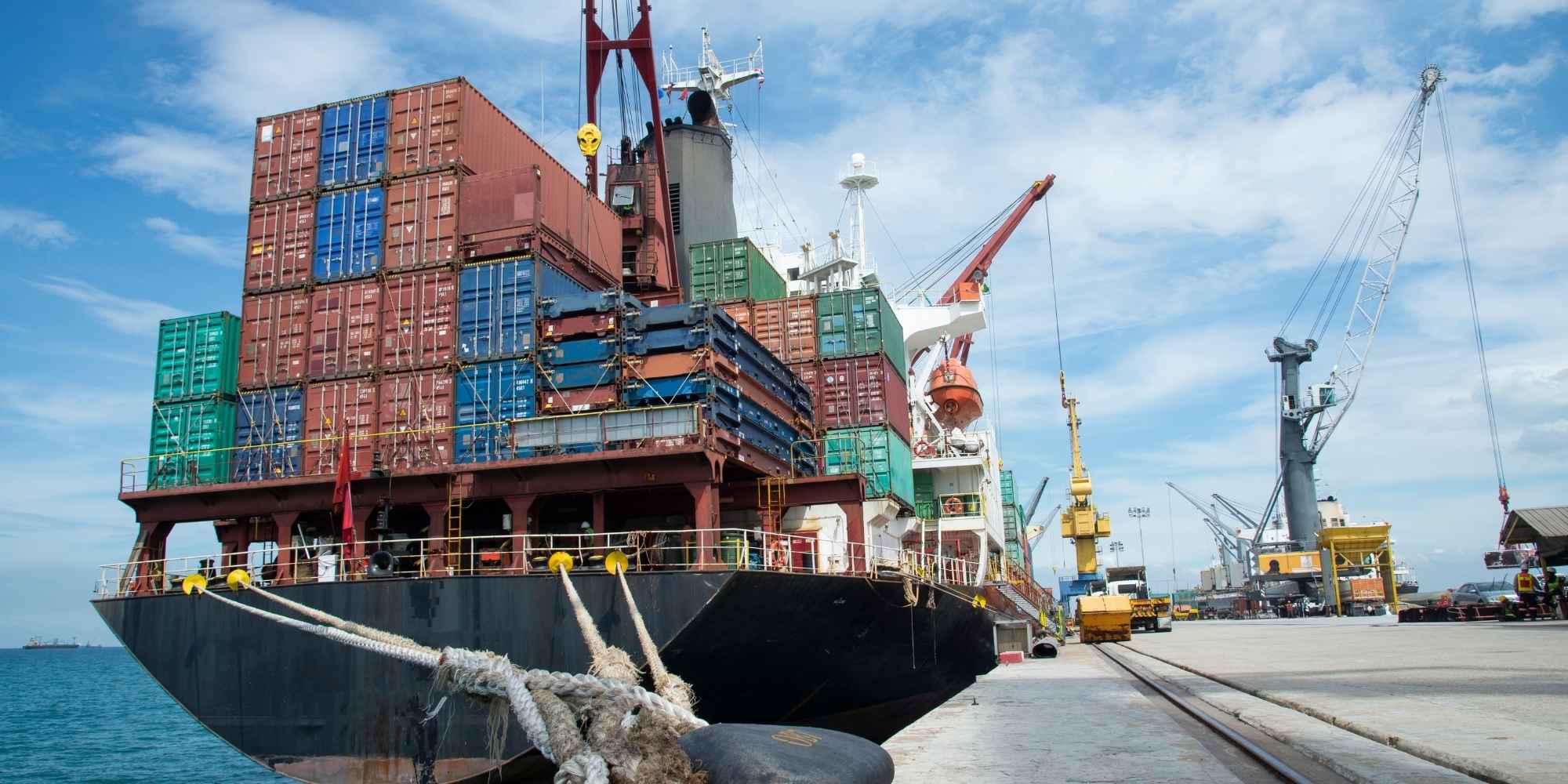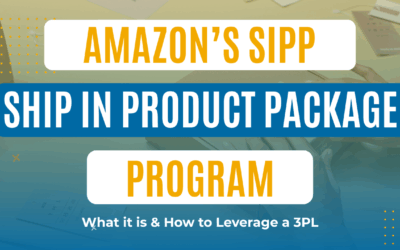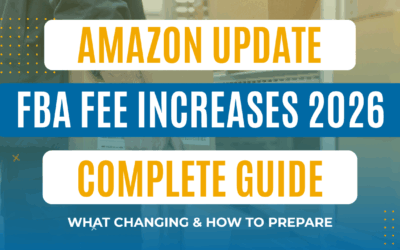
The U.S. and China just hit pause on their port fee war for one year (effective November 2025), and it’s good news for your shipping costs. Expect to save $600-$800 per container on trans-Pacific routes, fewer surprise fees, and more reliable delivery schedules. But there’s a catch—this is temporary, and labor unions are already pushing back.
U.S.-China Port Fee Pause
What Just Happened?
For the past few weeks, the U.S. and China have been slapping tit-for-tat fees on each other’s vessels—charges that were quickly driving up ocean freight rates and threatening to disrupt global supply chains. Now both countries have agreed to suspend these fees for 12 months while they negotiate a longer-term solution.
This matters because those fees were about to hit your bottom line hard. Maritime experts estimated the charges could add up to $3.2 billion annually in costs that would ultimately flow through to importers, exporters, and eventually consumers.
1. Your Shipping Costs Just Got More Predictable
The Immediate Win: No More Surprise Surcharges
The port fee suspension means carriers won’t be scrambling to find non-Chinese ships or rerouting cargo to avoid penalties. Translation? Your freight bills should stabilize or even drop back to normal levels.
What you were facing: An extra $600-$800 per container on trans-Pacific shipments—costs that would’ve shown up as fuel surcharges, routing fees, or simply higher base rates from your freight forwarder.
What you’re getting instead: Relief from those charges for the next year, plus more predictable pricing when you’re planning inventory purchases.
Avoiding the Port Bypass Nightmare
Here’s what almost happened: Major shipping lines were seriously considering bypassing smaller U.S. ports entirely, consolidating everything at mega-ports like Los Angeles/Long Beach. MSC’s CEO even said publicly that Oakland would “most certainly be skipped” if the fees continued.
For e-commerce businesses, especially those not on the coasts, this would’ve meant:
- Longer transit times as cargo routes through only the biggest hubs
- Extra inland transport costs to get goods from gateway ports to your fulfillment centers
- More congestion at major ports, leading to delays
The pause avoids all of that. Carriers can continue serving the full range of U.S. ports, which means your goods can still arrive at the port closest to your distribution center without unnecessary detours.
What This Means for Your Import Categories
Whether you’re bringing in electronics from Shenzhen, apparel from Ho Chi Minh City, or home goods from Shanghai, you’ll benefit from:
- More stable ocean freight rates on trans-Pacific routes
- Fewer last-minute route changes that throw off your delivery schedules
- Lower risk of port congestion caused by fee-avoidance strategies
For the next 12 months, the path from factory to fulfillment center should be smoother and more affordable.
Worried about rising import costs from the new tariffs?
eFulfillment Service can help you optimize your logistics and protect your margins. Get a Free U.S. Fulfillment Quote!
2. The Export Side: Why This Helps Your Supply Chain (Even If You Don’t Export)

It’s Not Just About Imports
The suspended fees weren’t just hitting goods coming into the U.S.—they were also being charged on ships arriving to pick up American exports. This created a weird situation where even empty vessels coming to load U.S. products were getting hit with penalties.
Why e-commerce sellers should care: When U.S. exports face artificial cost barriers, it weakens American suppliers and manufacturers who might be part of your supply chain. Keeping exports competitive helps stabilize prices for domestically-sourced components, packaging materials, and raw materials.
Who Benefits Most from the Export Relief?
Agricultural exports: U.S. soybeans, wheat, and corn can ship out through Gulf and West Coast ports without punitive fees. As one agriculture group noted, “A Chinese hog doesn’t care if his soybeans come from the USA or Brazil”—if our shipping costs are higher, foreign buyers just switch to South American suppliers.
Manufactured goods: Construction equipment, aerospace parts, automotive components, and heavy machinery all benefit. For example, U.S. auto manufacturers using foreign-built vehicle carriers avoid new surcharges, keeping both car exports and inbound auto parts affordable.
Your suppliers: If your products use American-made components, packaging, or materials, those producers can now export more efficiently—which helps them maintain stable pricing and reliable supply domestically too.
The result? Both ends of your supply chain get relief. Exporters move outbound cargo at lower cost, and you bring in products with fewer added fees.
3. The Catch: This Is Only Temporary (And Not Everyone’s Happy)

Labor Unions Are Pushing Back Hard
While shippers, port operators, and retailers are celebrating, U.S. labor unions and domestic shipbuilding advocates see this very differently. They view the pause as a strategic mistake that undermines efforts to rebuild American maritime industry.
Their argument: The port fees were part of a broader strategy to counter China’s state-subsidized shipbuilding dominance. By pausing them, we’re letting China maintain its advantage at the expense of U.S. shipyard jobs and national security interests.
In a joint statement, unions including the United Steelworkers and Boilermakers criticized the decision, saying “workers, shipyards, and our broader economic and national security interests are once again being sidelined in favor of short-term considerations.”
What This Means for Your Planning
The pause is only for one year. Negotiators will use this time to seek a lasting agreement, but there’s no guarantee the fees won’t return in 12 months if talks fail.
Keep this on your radar:
- We’re now on a countdown to November 2026
- Labor groups will keep pressing for tougher measures against Chinese shipbuilding
- Alternative policies could emerge that affect freight rates differently
- Trade policies can shift quickly depending on political winds
The smart play: Enjoy the current relief in shipping costs, but don’t assume it’s permanent. As you plan inventory and negotiate supplier contracts, build in some flexibility for potential policy changes down the road.
Tariffs cutting into your profits?
Switching to a smarter U.S.-based 3PL like eFulfillment Service can reduce overhead and improve delivery times. Request Your Free Quote Now!
Summary: U.S.-China Port Fee Pause
For the next 12 months, this port fee pause is excellent news for anyone moving goods between the U.S. and Asia. You can expect:
✓ Cost savings of $600-$800 per container on trans-Pacific routes
✓ Fewer surprise fees showing up in your freight bills
✓ More reliable transit times with less rerouting and port-skipping
✓ Broader port access instead of everything jamming through mega-hubs
✓ Smoother supply chains on both import and export sides
But stay informed. The temporary nature of this agreement—plus the vocal opposition from labor unions—means uncertainty lies ahead. Monitor the situation as the one-year mark approaches, and be ready to adapt if the policy landscape shifts again.
For now, though, this is a win for practical compromise over trade war escalation. Your shipments should flow more smoothly, your costs should stay more predictable, and you’ve got breathing room to focus on growing your business instead of worrying about geopolitical freight surcharges.
Take the Next Step: Need help with fulfillment and inventory management?
Learn more about eFulfillment Service’s Fulfillment Solutions and how we help brands streamline operations from warehousing to delivery. By partnering with experts, you can spend less time worrying about tariffs and more time growing your business.
💡 eFulfillment Service specializes in helping eCommerce businesses scale without the headaches. Whether you’re managing one SKU or a few thousand, we provide the technology, automation, and expertise to keep your operations running smoothly.
📞 Ready to simplify your rewards fulfillment and focus on growth? Contact us today to see how we can help streamline your operations and improve efficiency.
Need help with fulfillment? eFulfillment Service specializes in flexible, multi-channel fulfillment, including Amazon FBA prep services. Contact us today for a free quote and see how we can streamline your operations!
Sources:
Lisa Baertlein & David Lawder, Reuters – Trump, Xi agree to pause dueling port fees that disrupted trade
Tim Jay, Global Trade Magazine – U.S. Port Fee Pause on China Sparks Sharp Industry Divide
George Lauriat, American Journal of Transportation – USTR proposal… grave threat to U.S. port system
AJOT Staff – The Export Conundrum
Global Times (Editorial) – Protectionism will only accelerate the ‘rusting’ of US shipbuilding




0 Comments